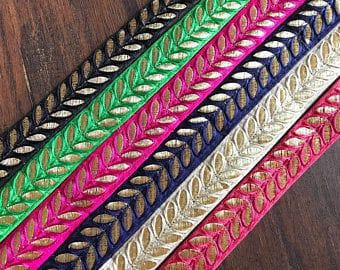In the world of interior design, Significance of traditional home decor has a timeless appeal that many homeowners find comforting and inviting. It embodies a sense of history, elegance, and warmth. While the term “traditional” may conjure images of antique furniture and rich tapestries, it’s often the smaller details that truly bring this style to life. Decorative accessories like rugs, mirrors, and art play a pivotal role in completing a traditional look. In my opinion, these elements are essential for creating an inviting, classic, and harmonious atmosphere within a traditional home.

1. Rugs: The Foundation of Tradition
When it comes to Significance of traditional home decor, rugs are often the cornerstone. These textile-based accessories serve a dual purpose, providing both comfort and aesthetic appeal. In my opinion, traditional rugs are an absolute must for anyone aiming to achieve an authentic traditional look.
- Aesthetic Appeal: Traditional rugs, like Persian, Oriental, or European-style rugs, are known for their intricate patterns and rich color palettes. These patterns often reflect centuries-old designs and motifs, adding a sense of history to your space. The detailed craftsmanship and quality materials used in traditional rugs contribute to their timeless charm.
- Comfort and Coziness: Rugs offer a layer of comfort to your space, making it more inviting and comfortable. In traditional homes, where hardwood or stone floors are common, rugs provide a warm, cushioned surface underfoot, enhancing the overall coziness of the room.
- Focal Points and Cohesion: Traditional rugs can act as focal points in a room, drawing the eye and creating a cohesive design. They help anchor furniture arrangements and tie different elements of the room together. This sense of unity is essential for traditional decor, where balance and symmetry are key.
2. Mirrors: Reflecting Timeless Elegance
Mirrors have been a decorative staple in homes for centuries, and they continue to play a significant role in traditional interior design. In my opinion, mirrors are indispensable for achieving the classic, elegant look that defines traditional decor.
- Enhancing Light and Space: Mirrors can make a room feel brighter and more spacious. In traditional homes, where large windows and natural light are often prominent, mirrors can amplify the beauty of the surroundings. They reflect both natural and artificial light, creating a warm and welcoming atmosphere.
- Classic Frames and Designs: The frames of traditional mirrors are often adorned with intricate carvings, gilded finishes, or ornate details. These frame designs harmonize with the overall style of traditional decor, contributing to the timeless and opulent feel of the room.
- Creating Visual Interest: Mirrors are not just functional; they also serve as decorative pieces in their own right. Placed strategically, they can create visual interest and symmetry. Mirrors can be used to balance the look of a room, such as above a fireplace mantle or as part of a gallery wall.

3. Art: A Window into History and Culture
Art, whether in the form of paintings, sculptures, or tapestries, is an essential component of Significance of traditional home decor. In my opinion, art is a window into history, culture, and personal expression, making it a fundamental element of a traditional interior.
- Historical Significance: Traditional art often reflects the historical and cultural context of a particular era. For instance, Renaissance paintings, Victorian-era portraits, and Oriental tapestries provide insights into the past and add a layer of depth and authenticity to the decor.
- Personal Expression: Art allows homeowners to express their personal tastes and interests while still adhering to the traditional aesthetic. Whether it’s a collection of family portraits or a display of cherished antiques, art can be a way to infuse your personality into the traditional setting.
- Focal Points and Balance: In traditional home decor, art serves as a focal point, drawing the eye and creating a sense of balance. Large paintings or sculptures can anchor a room, while smaller pieces can add detail and interest to otherwise neutral spaces.
4. Harmonious Integration
In my opinion, what truly sets traditional home decor apart is the seamless integration of these decorative accessories. When used in harmony, rugs, mirrors, and artwork together create a cohesive and inviting atmosphere.
- Layered Beauty: Rugs, mirrors, and art can be layered to create depth and interest within a room. For example, a traditional rug can be enhanced by an ornate mirror and complemented by a collection of framed art pieces. This layering adds visual complexity and depth.
- Symmetry and Balance: Traditional decor often relies on symmetry and balance. Rugs can be strategically placed to balance the layout of a room, while mirrors and art can be positioned in pairs or trios to create a sense of equilibrium.
- Color Coordination: These accessories allow for the incorporation of rich and harmonious color palettes. Traditional rugs often provide a starting point for color selection, which can be echoed in the frame finishes of mirrors and the color schemes of art.
Conclusion: Creating Timeless Elegance
In conclusion, decorative accessories like rugs, mirrors, and art are indispensable in achieving a traditional home decor style. These elements provide not only aesthetic appeal but also comfort, historical significance, and personal expression. In my opinion, the true beauty of traditional decor lies in the harmonious integration of these accessories, which creates a timeless and inviting atmosphere. By carefully selecting and arranging these elements, homeowners can achieve a look that exudes elegance, warmth, and a sense of history, making their homes truly unforgettable.









